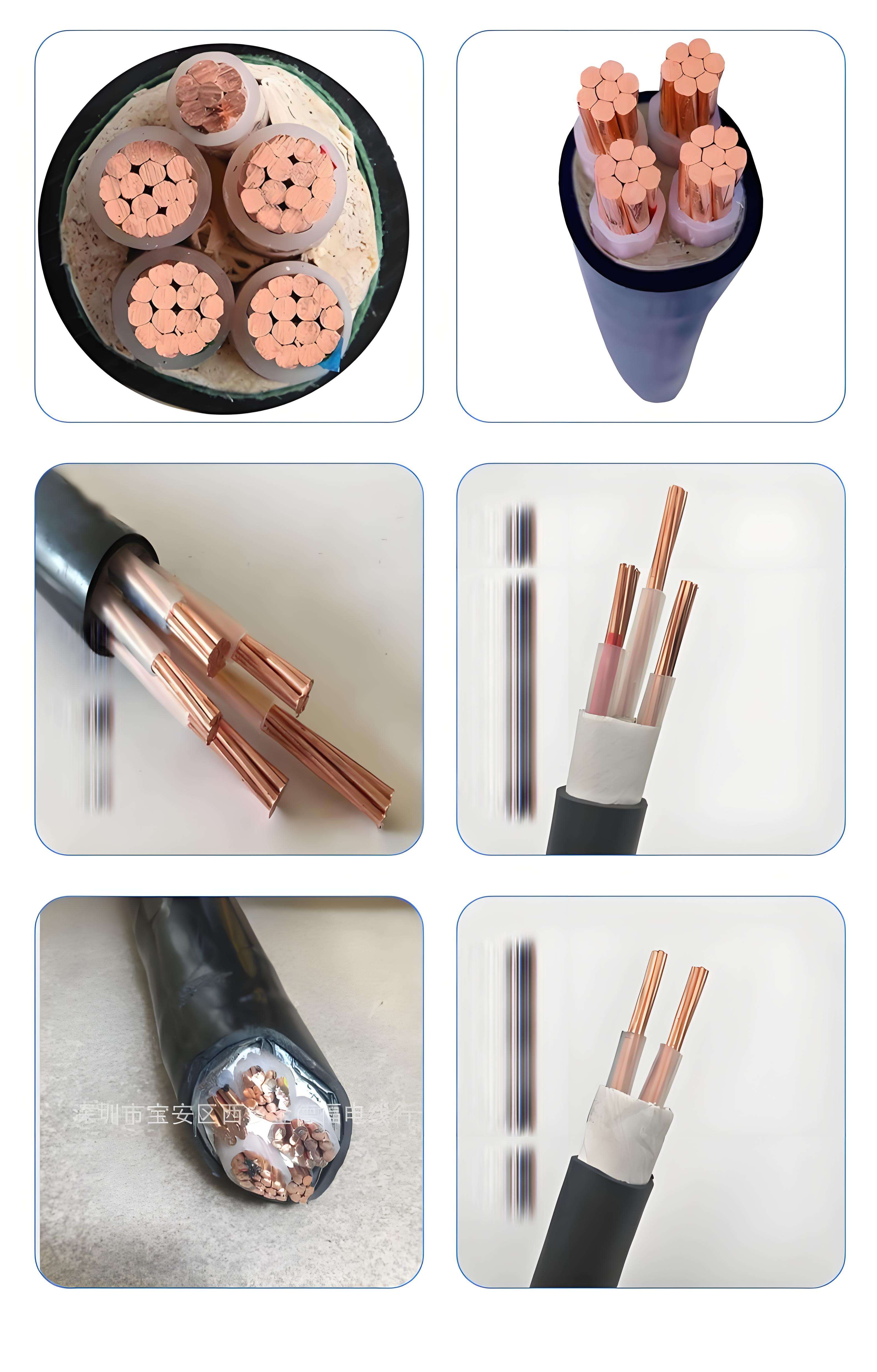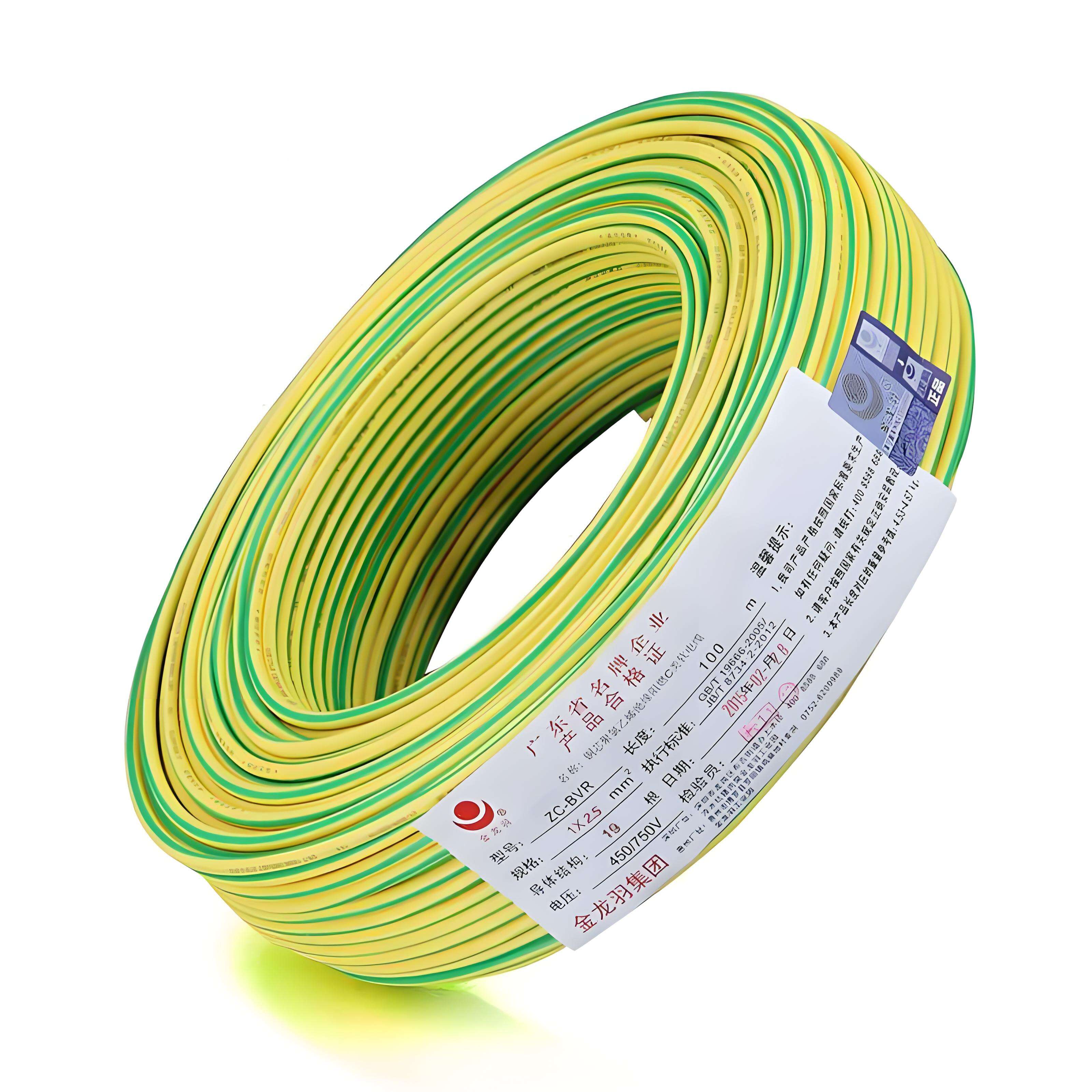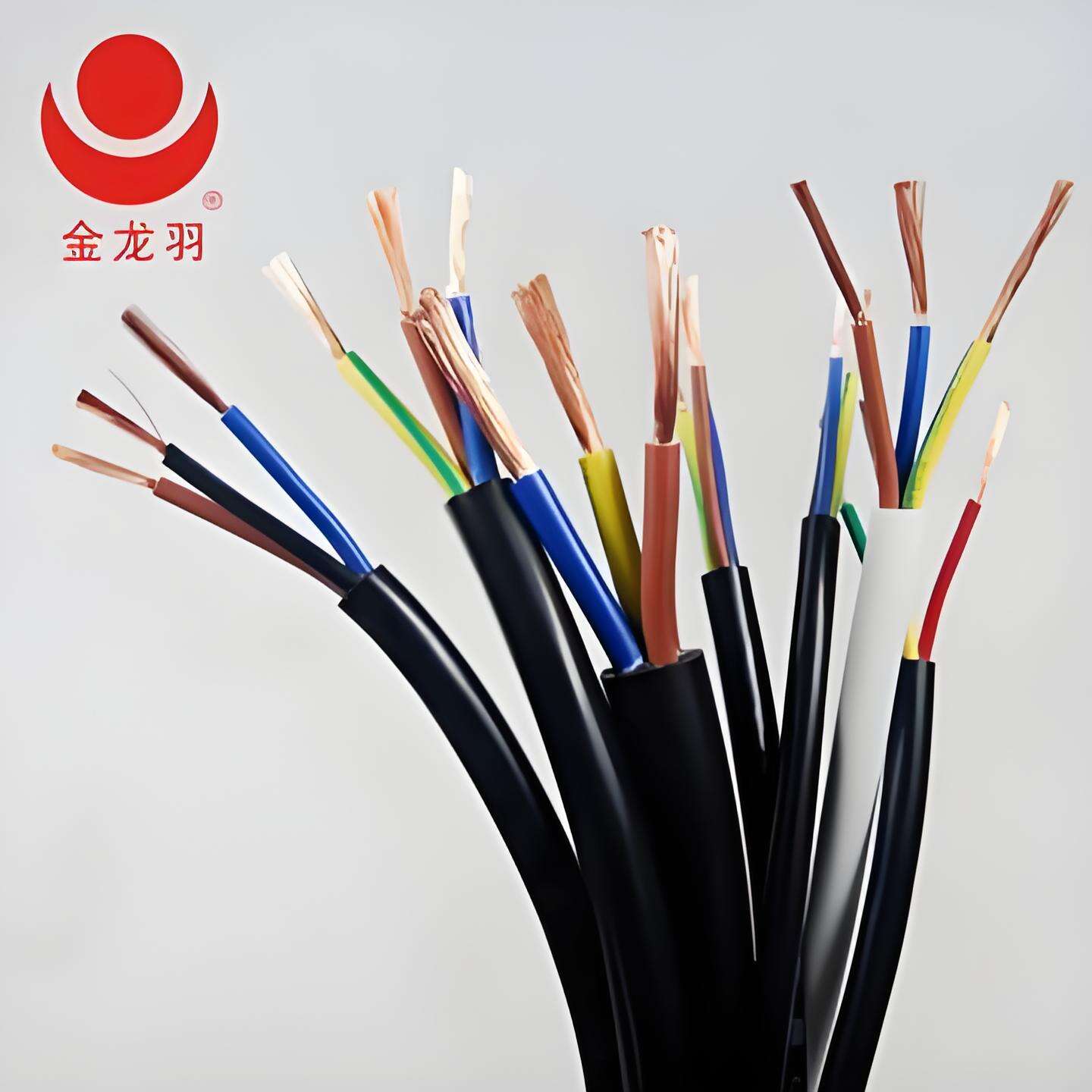Low voltage electrical wires for safety are meticulously designed to minimize risks in residential, commercial, and industrial settings where electrical safety is paramount. These wires typically operate at voltages below 1000V and incorporate features like flame-retardant insulation materials, such as low-smoke halogen-free (LSZH) compounds, which emit minimal toxic fumes and smoke during combustion, crucial for public safety in buildings and transportation. Conductors are often made of oxygen-free copper for superior conductivity and corrosion resistance, reducing the risk of overheating. Double-insulated structures provide an extra layer of protection against electrical shocks, while color-coded sheaths ensure proper wiring connections to avoid installation errors. Safety standards like IEC 60227 and UL 758 govern their design, mandating rigorous testing for insulation resistance, tensile strength, and flame spread. Some low voltage wires also include grounding conductors to dissipate electrical faults safely, making them ideal for homes, hospitals, and data centers where safety is non-negotiable.


